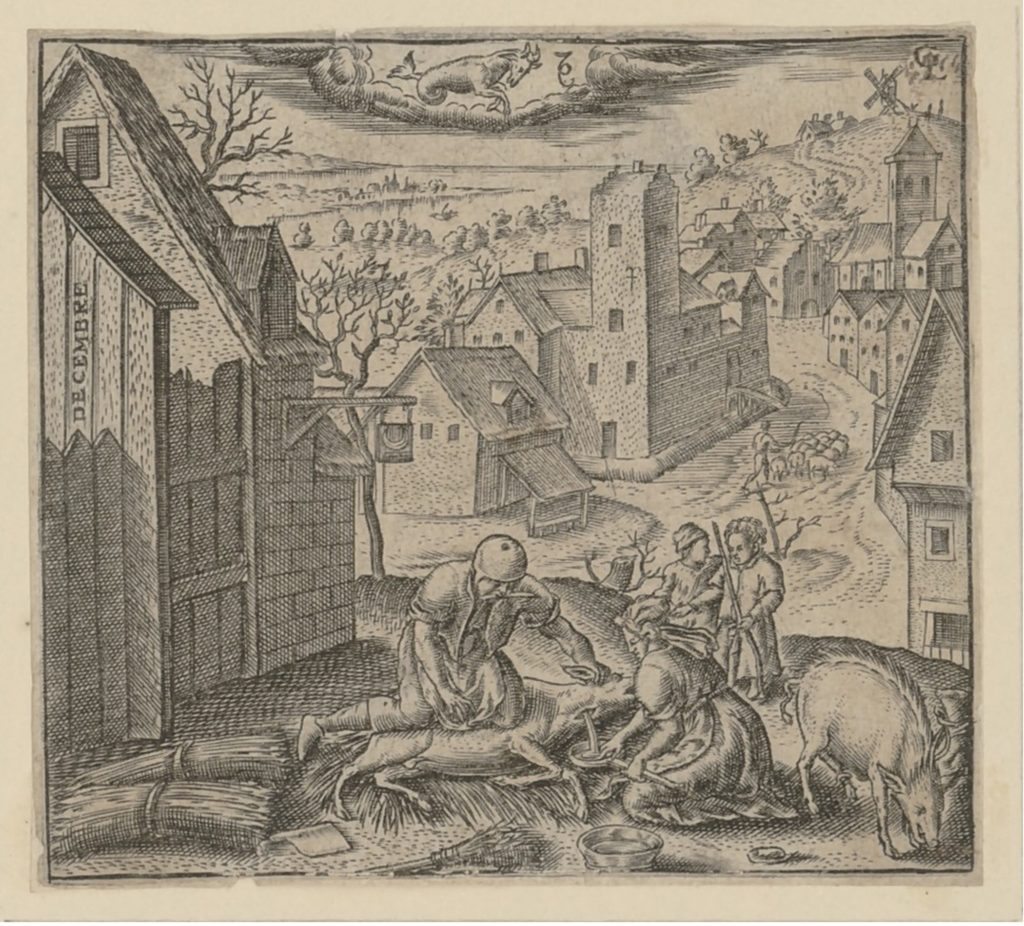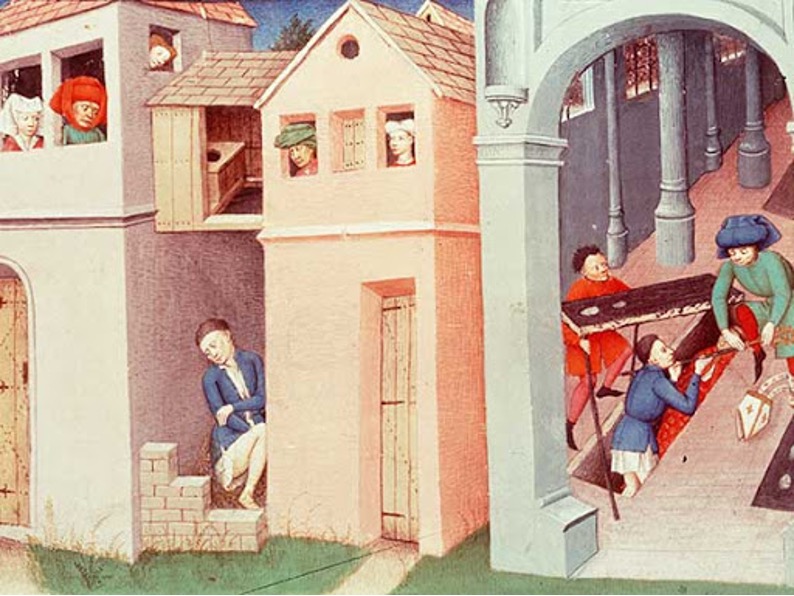Commoning practices in waste management
Zürich, Switzerland
Zürich, Switzerland

Waste management has always played a key role in city life. Nowadays we rely on infrastructures such as toilets, waste bins, collection points and water cleaning stations to cite a few. However this was not always the case. This projects aimed to look into waste management from the early 16th century to today’s Zürich, and learn about how waste management was organized, as it mostly was based on communing practices, to keep the city clean.
Indeed neighbors and so-called “Ehrgrabenrumer” maintained and cleaned the cesspits. There were also “Altwerkers” that collected materials in pits to resell or reuse. In this way, the waste of the city was truly a collective resource. All these codes were enforced by small neighbor communities, which cleaned their cesspits collectively. However if one did not comply, the “Rat” of Zürich would impose sanctions and force the cleaning of the cesspits.
Waste was used in many different trades, such as in farming (to fertilizers soils), dye making for fabrics, and paper making (where it was used as a chemical agent). Fresher waste was also collected and fed to pigs and other animals. Different kinds of waste existed and were treated in different manners. The household waste was discarded in cesspits that were connected to the house, and waste such as remains from wood, pottery and clothes were thrown into communal cesspits. Animal, market and fishery waste was often thrown in the river and one can observe how these types of trades had waste evacuation infrastructures linked to the nearby river.
However one started to abandon these types of practices when different waves of pandemics linked to hygiene problems hit the city. In the mid 18th century one started implementing new types of infrastructures to help clean the city, such as sewage systems, waste bin collection points and incinerators. This made communing practices revolving around waste disappear. Lately however, with a renewed interest in pollution, and in an era of climate change, one started questioning the burning of waste. We observe multiple practices and trades arise that have to do with waste; composting, repair cafés and second hand shops seem to make their way into the urban fabric and change our city landscape.
Illi, Martin, and Hansruedi Steiner. Von der Schîssgruob zur modernen Stadtentwässerung. 2. Auflage. Zürich: Verlag Neue Zürcher Zeitung, 1992. Print.
Monnet, Catherine. L’évacuation des déchets en milieu urbain au Bas Moyen-Age : l’exemple des fosses à fond perdu de la Cour Napoléon du Louvre à Paris (8-15e siècles) et mesures diverses pour assainir les villes. Louvain-la-Neuve: Centre de recherches d’archéologie nationale-UCL, 1992. Print.
Fowler La Berge, Ann Elizabeth.Mission and Method : the Early Nineteenth-Century French Public Health Movement. Cambridge: Cambridge Univ. Press, 1992. Print.
Image 1 –
Bookminiature from the Decamerone
Giovanni Boccaccio, 14th century

Image 2 –
Throwing waste in the Limmat
Cutout from the Murerplan, Jos Murer, 1576

Image 3 –
Neumühlequai construction works
Photographer unknown, 1916, Baugeschichtliches Archiv
